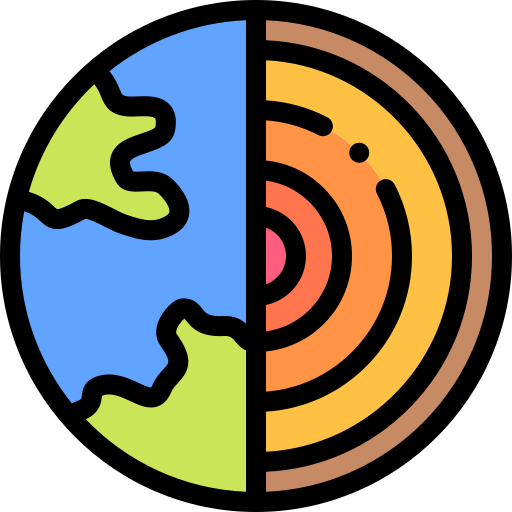Maybe this should be a yearly thing. :s
No, think of the poor suburbanites!
Canada’s Plant Hardiness Zone maps are in the process of being updated.
Two interesting points:
- USDA uses only 1 variable, extreme low temperature, while Canada uses 7 (lows, highs, rainfall, snowpack, wind, etc). To make comparisons easier, Canada publishes maps using both methods. The maps using USDA methods look a lot more forgiving than the Canadian ones. Both have 19 zones, although USDA is 0-9b while Canada’s is 0a-9a.
- That website has links to interactive maps, including historical maps. Looking at old versions and current versions makes the northward shift of zones very obvious. Even regional variations in that shift are visible. Maybe I’m not looking closely enough, but it looks like the most dramatic shifts are at longitudes running from Western Alberta through Western Ontario.
The Canadian maps are calculated using 30-year windows with a 10-year overlap. I would be very interested in seeing these maps calculated with an annual 30-year sliding window to show the northward march as an animation. Assuming it’s moving enough to make sense when rendered annually.
It’s wild that Hawaii and Alaska are so different when they are so close to each other.
I need you to do something for me man. I need you to go to a dollar store, Walmart, whatever and get a “Globe” G-L-O-B-E. If they need details, say “Planet Earth” or “World”.
Believe it or not I’ve been told that a Globe is the most accurate map when it comes to showing the entire world. Hawaii and Alaska should be the same shapes you see here on your typical American map but I need you to see their distance from each other. Trust bro it surprised me too!




